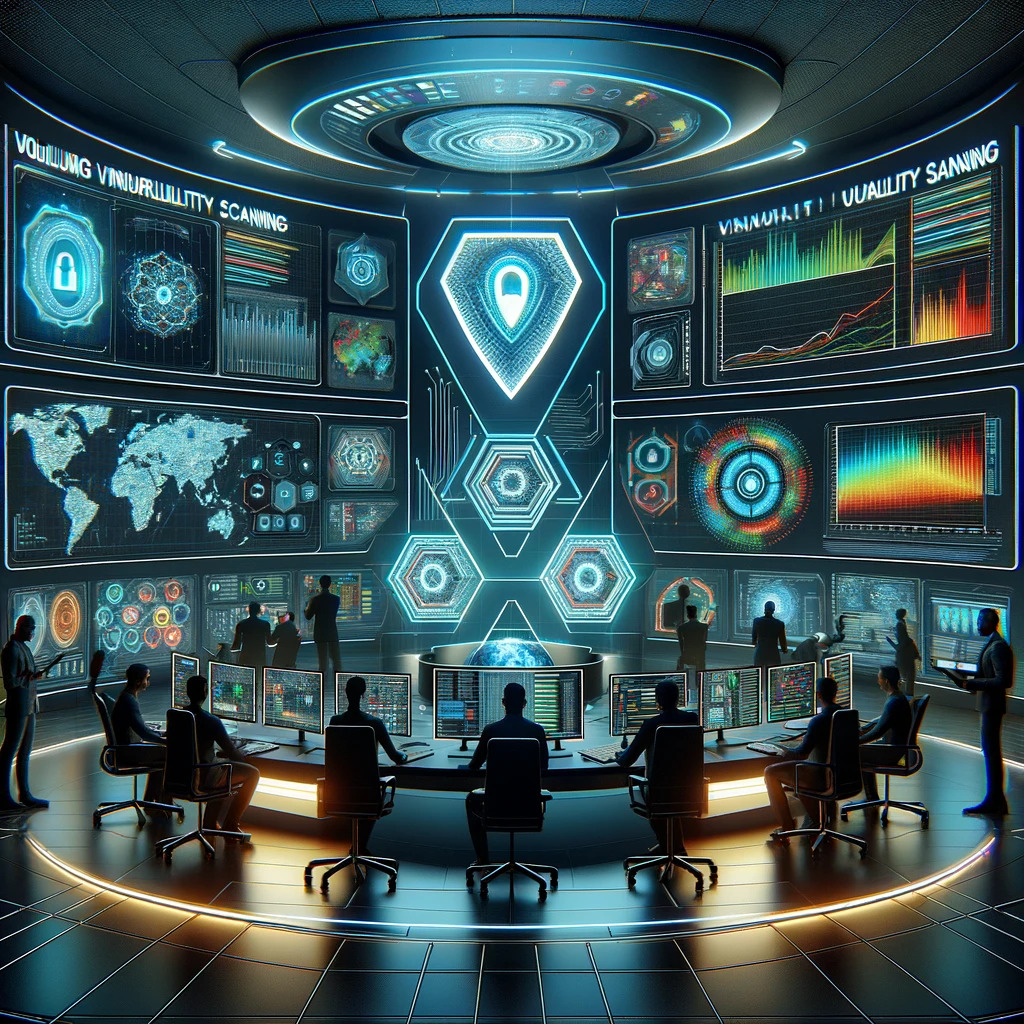In the dynamic world of cybersecurity, decision-makers and IT professionals are constantly faced with choices that could very well dictate the security posture of their organizations. Among these critical decisions is choosing the right security measures to implement, particularly when it comes to Managed Detection and Response (MDR) and Security Information and Event Management (SIEM). Understanding the nuances, strengths, and limitations of each can significantly impact your cybersecurity strategy.
Understanding MDR
What does MDR stand for? MDR, or Managed Detection and Response, is a managed service that combines technology, processes, and human expertise to monitor, detect, investigate, and respond to threats across your IT environment. It’s akin to having a team of elite cybersecurity commandos at your disposal, ready to neutralize threats before they escalate.
Advantages of MDR include real-time threat detection and response, access to dedicated security experts, and reduced workload for in-house teams. However, its limitations might include dependency on external entities for critical security operations and potential for customization constraints.
Real-world examples of MDR in action often involve rapid identification and containment of breaches, minimizing damage and downtime for businesses.
Understanding SIEM
On the flip side, SIEM (Security Information and Event Management) serves as the central nervous system for cybersecurity infrastructures, offering a holistic view of an organization’s information security. SIEM solutions collect and aggregate log data generated throughout the organization’s technology infrastructure, from host systems and applications to network and security devices such as firewalls and antivirus filters.
Advantages of SIEM include comprehensive log management and correlation, enhanced compliance reporting, and improved incident detection through analytics. Its limitations, however, may involve complexity in setup and maintenance, high resource consumption, and the need for skilled professionals to manage and interpret the data effectively.
Real-world examples of SIEM in action often showcase its ability to highlight patterns and anomalies that could indicate a security incident, enabling timely intervention.
MDR vs SIEM: A Comparative Analysis
While MDR and SIEM both play pivotal roles in cybersecurity, they cater to different needs and operational models. MDR is more about offloading the burden of monitoring and response, offering a hands-off approach for organizations. It’s particularly beneficial for entities lacking in-house cybersecurity expertise. SIEM, conversely, provides the tools for in-depth analysis and management of security logs, requiring a hands-on approach and a higher degree of customization.
Cost comparison and considerations for implementation significantly vary between the two. MDR services generally operate on a subscription model, offering predictability in expenses. SIEM, however, might involve hefty upfront costs for software and hardware, plus ongoing expenses for maintenance and staffing.
In terms of situational scenarios, smaller organizations or those with limited cybersecurity resources might lean towards MDR for its comprehensive, managed service. Larger enterprises or those with stringent regulatory compliance requirements might favor SIEM for its deep analytical capabilities and customizability.
The Future of Cybersecurity: MDR, SIEM, or Both?
Predicting the future landscape of cybersecurity and the evolution of MDR and SIEM is akin to forecasting the weather in an unpredictable season. However, one thing remains clear: the complexity and frequency of cyber threats will continue to rise.
Emerging trends suggest a convergence of capabilities, with SIEM solutions incorporating more automated response features and MDR services enhancing their analytical prowess. This hybrid approach could offer organizations the best of both worlds—comprehensive, real-time threat detection and response, backed by deep, actionable insights into their security posture.
Conclusion
Whether you opt for MDR, SIEM, or a combination of both, the key is to align your choice with your organization’s specific needs, resources, and cybersecurity goals. Remember, in the realm of cybersecurity, knowledge is power. Stay informed, stay prepared, and most importantly, stay secure.
For IT professionals and decision-makers navigating these waters, the voyage may seem daunting. However, armed with the right information and strategic partners, you can chart a course to a more secure future for your organization.
Don’t leave your organization’s cybersecurity to chance. Stay ahead of the game with a proactive approach and the right tools at your disposal. The ultimate showdown between MDR and SIEM is ongoing, but one thing remains certain—cybersecurity must remain a top priority for all organizations in today’s digital landscape.
Considering the complexities of MDR and SIEM? Feel free to reach out for a deeper exploration or consultation on finding the right solution tailored to your needs.



